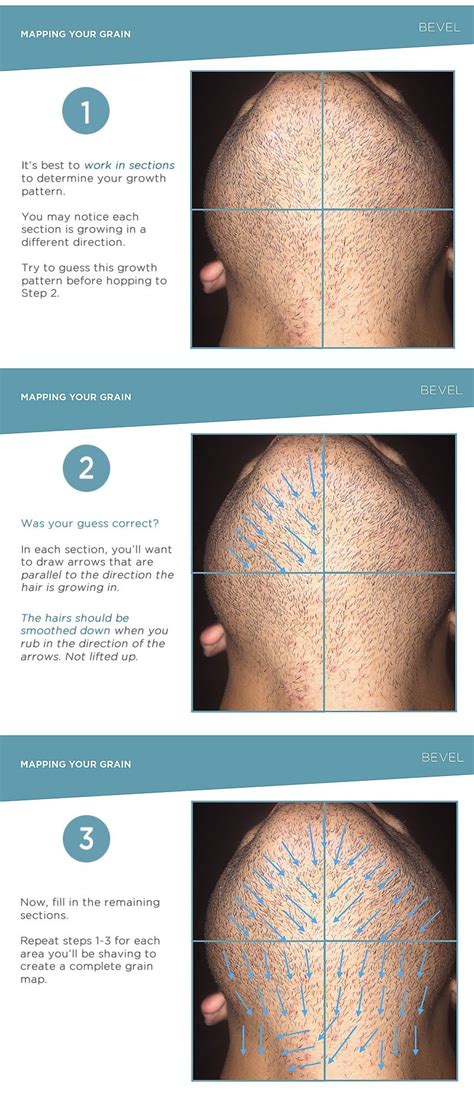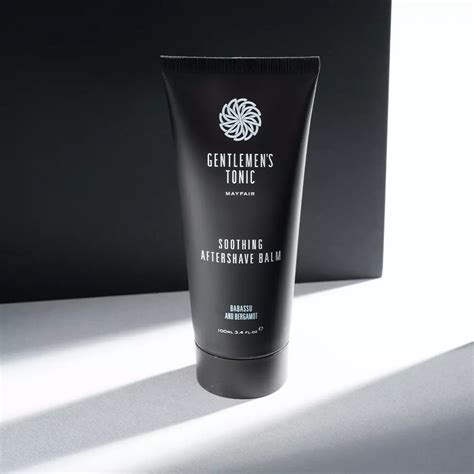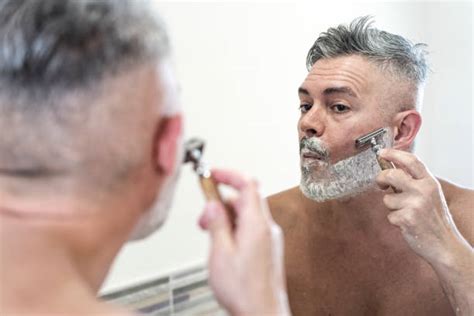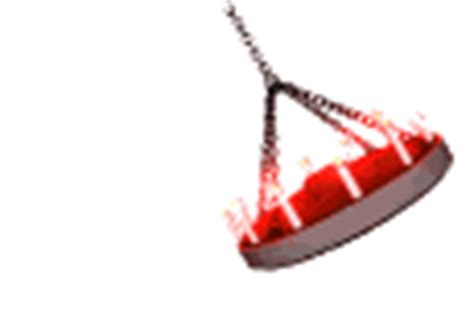Master your shave: Prevent razor burn & ingrowns for peak skin performance?

Achieve a Flawless Shave: Banish Razor Burn and Ingrown Hairs
For many, shaving is a daily ritual, yet it often comes with unwelcome guests: razor burn and ingrown hairs. These common irritations can transform a routine into a chore, leaving your skin red, bumpy, and uncomfortable. But what if you could transform your shave into a seamless, irritation-free experience, leaving your skin feeling its absolute best? It’s entirely possible with the right approach and a few crucial adjustments to your technique and toolkit.
Understanding the root causes of these issues is the first step towards prevention. Razor burn occurs when a razor blade aggressively scrapes the skin, removing not just hair but also the protective top layer of skin cells. Ingrown hairs, on the other hand, happen when a shaved hair curls back into the skin and continues to grow underneath the surface, leading to inflammation and bumps. By addressing both the preparation and execution of your shave, you can significantly reduce, if not eliminate, these frustrating problems.

The Essential Pre-Shave Ritual: Preparation is Key
A great shave begins long before the blade touches your skin. Proper preparation softens the hair, opens pores, and creates a smoother surface for your razor.
- Warm Water Wash: Start with a warm shower or by splashing your face with warm water for at least 2-3 minutes. This softens the hair follicles, making them easier to cut, and relaxes the skin.
- Exfoliation (Optional but Recommended): Once or twice a week, gently exfoliate your skin. This removes dead skin cells that can trap hairs and contribute to ingrowns. Use a mild facial scrub or a gentle exfoliating brush.
- Pre-Shave Oil: Apply a few drops of pre-shave oil. This creates a protective barrier between your skin and the razor, providing extra lubrication and further softening the hair.
Tooling Up: The Right Equipment Makes a Difference
Your shaving tools are as important as your technique. Invest in quality and ensure they are well-maintained.
- Sharp Razor Blades: Dull blades are a primary culprit for razor burn. They drag and pull at the hair instead of cleanly cutting it. Change your razor blade or cartridge every 5-7 shaves, or at the first sign of tugging or discomfort.
- Quality Shaving Cream or Gel: Opt for a rich, hydrating shaving cream or gel that creates a thick lather. This cushions the skin, lifts the hairs, and provides superior glide for the razor. Avoid aerosol foams with harsh chemicals that can dry out the skin.

Mastering Your Technique: The Art of the Shave
Even with the best preparation and tools, poor technique can lead to irritation. Patience and precision are your allies.
- Shave with the Grain: Always shave in the direction your hair grows. This is the single most effective way to prevent razor burn and ingrown hairs. While shaving against the grain might give a closer shave, it significantly increases the risk of irritation, especially for sensitive skin.
- Light Touch, No Pressure: Let the razor do the work. Apply minimal pressure. Modern razors are designed to cut efficiently without excessive force. Pressing down too hard causes the blade to dig into your skin.
- Short, Gentle Strokes: Use short, controlled strokes. Rinse your razor frequently under warm water to clear away hair and shaving cream, ensuring a clean cut with each pass.
- Avoid Re-Shaving Areas: Try to minimize going over the same area multiple times. If you need a closer shave, re-lather the area before a second, very gentle pass.

The Crucial Post-Shave Care: Soothe and Protect
Don’t stop caring for your skin once the shaving is done. Post-shave care is vital for calming the skin and preventing issues.
- Rinse with Cold Water: After shaving, rinse your face with cool water to close your pores and soothe the skin.
- Apply Aftershave Balm or Lotion: Avoid alcohol-based aftershaves, which can dry and irritate the skin. Instead, opt for a soothing, alcohol-free aftershave balm or lotion containing ingredients like aloe vera, witch hazel, or chamomile to calm and hydrate.
- Moisturize: Follow up with a good quality, non-comedogenic facial moisturizer to lock in hydration and maintain your skin’s barrier function. Consistent moisturizing helps keep skin pliable, reducing the chances of hairs curling back.

Addressing Persistent Ingrown Hairs
If you’re particularly prone to ingrown hairs, consider these additional steps:
- Chemical Exfoliation: Incorporate a gentle AHA or BHA toner into your routine a few times a week (not on shaving days). These acids help loosen dead skin cells and prevent hairs from getting trapped.
- Spot Treatment: For existing ingrowns, use a targeted ingrown hair serum or a warm compress to help bring the hair to the surface. Never pick or dig at ingrown hairs, as this can lead to infection and scarring.
- Consider Your Shaving Frequency: Sometimes, shaving less often can give hairs a chance to grow out properly, reducing the likelihood of ingrowns.

Conclusion: Your Path to Peak Skin Performance
Mastering your shave is an art that combines thoughtful preparation, the right tools, meticulous technique, and attentive post-shave care. By integrating these strategies into your grooming routine, you can effectively prevent razor burn and ingrown hairs, transforming your daily shave from a potential source of irritation into a moment of self-care that leaves your skin looking and feeling its absolute best. Embrace these practices, and enjoy the confidence that comes with a perfectly smooth, healthy complexion.








